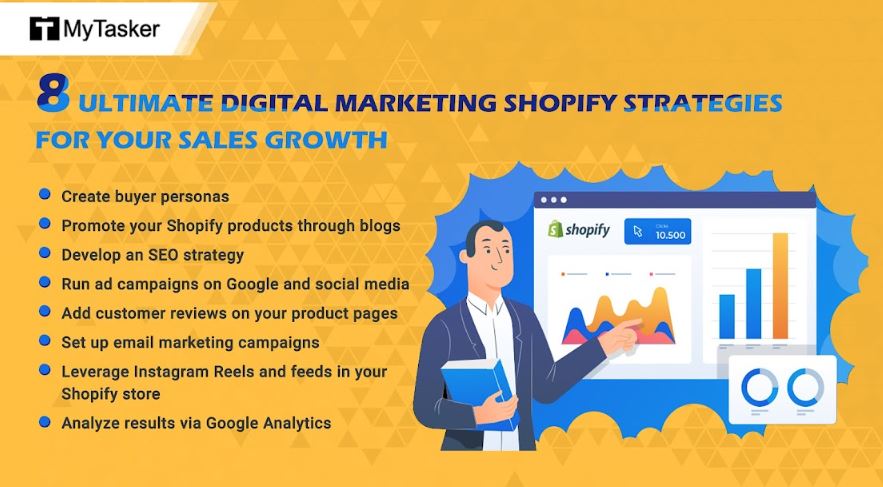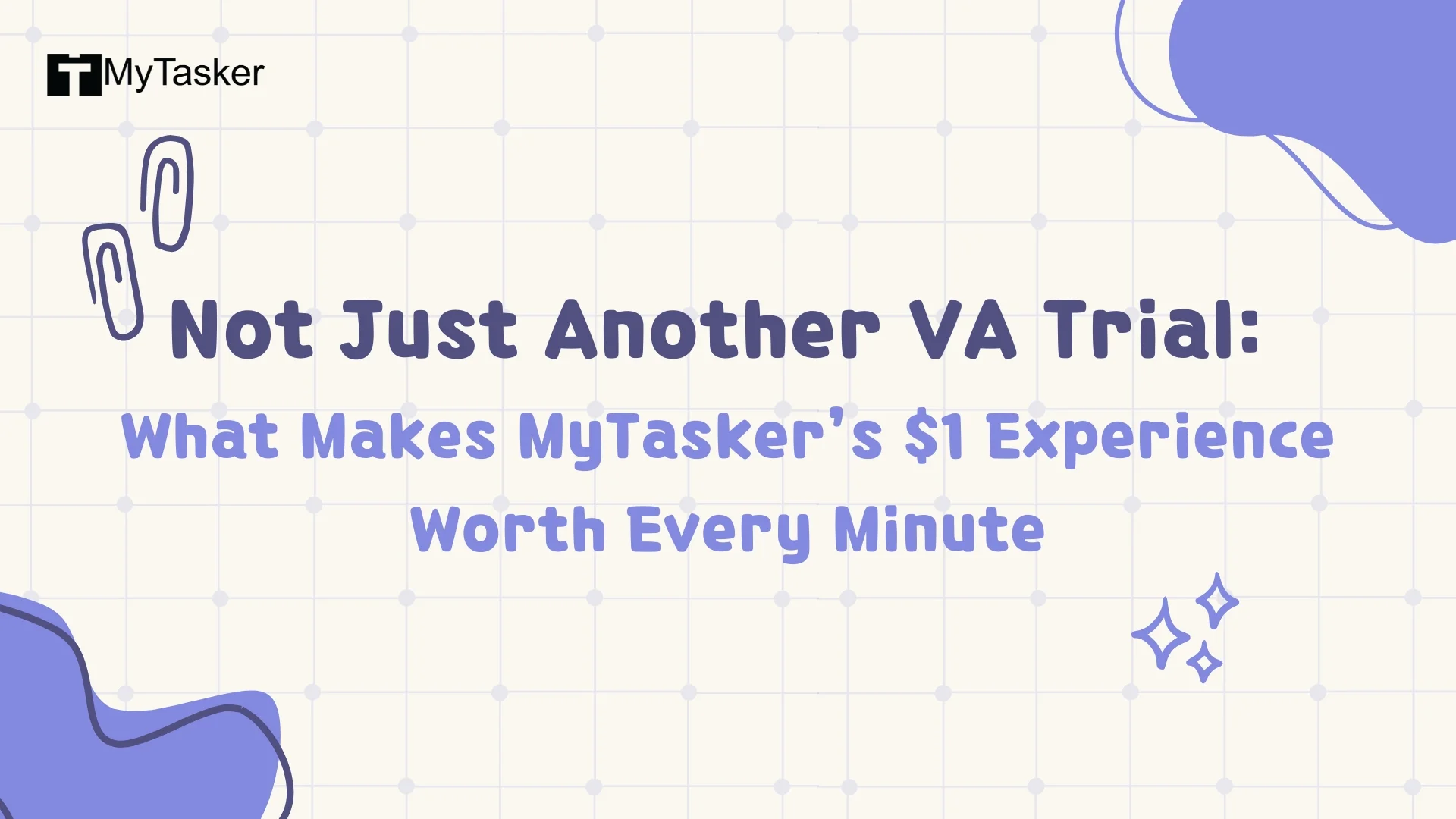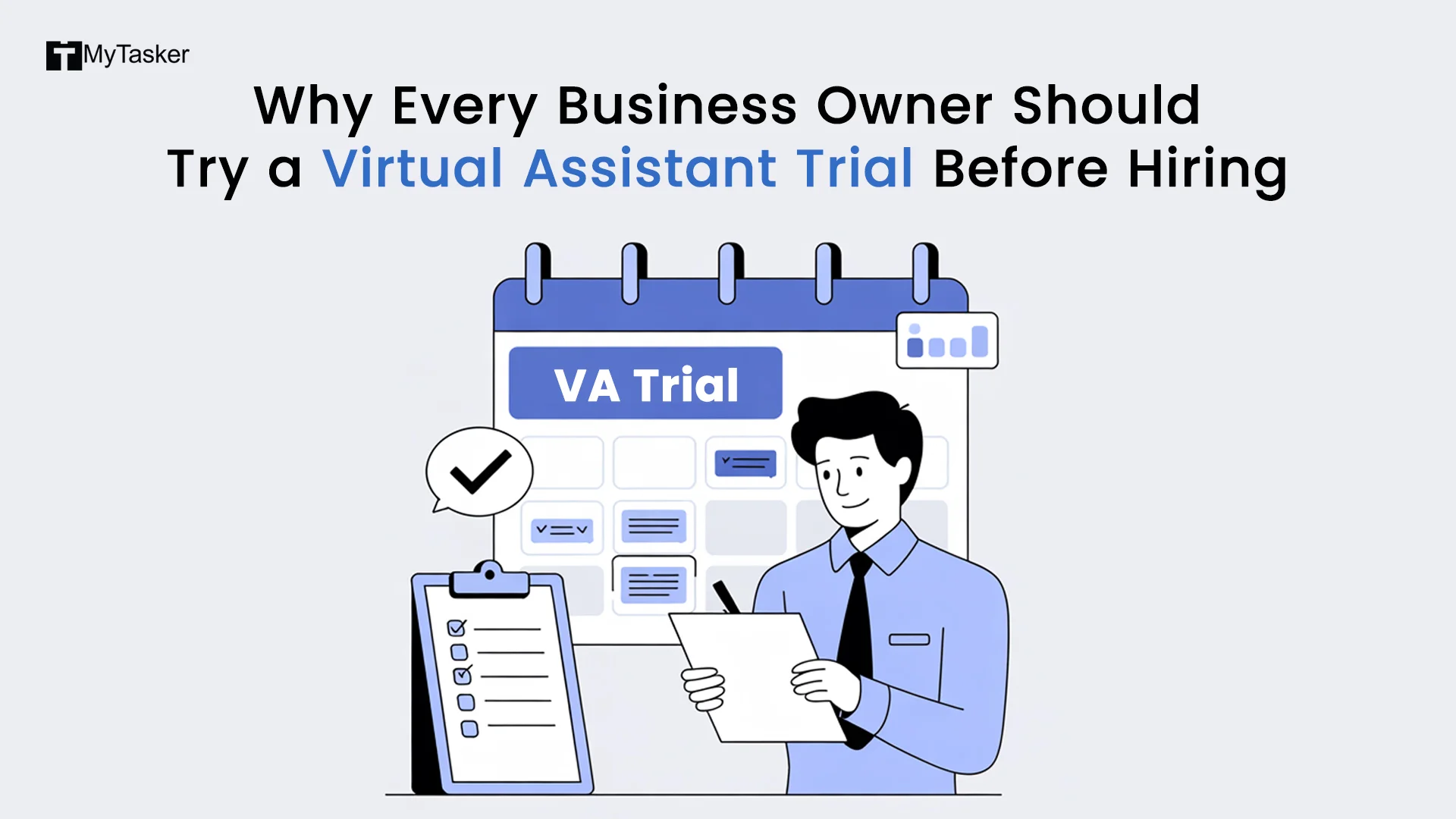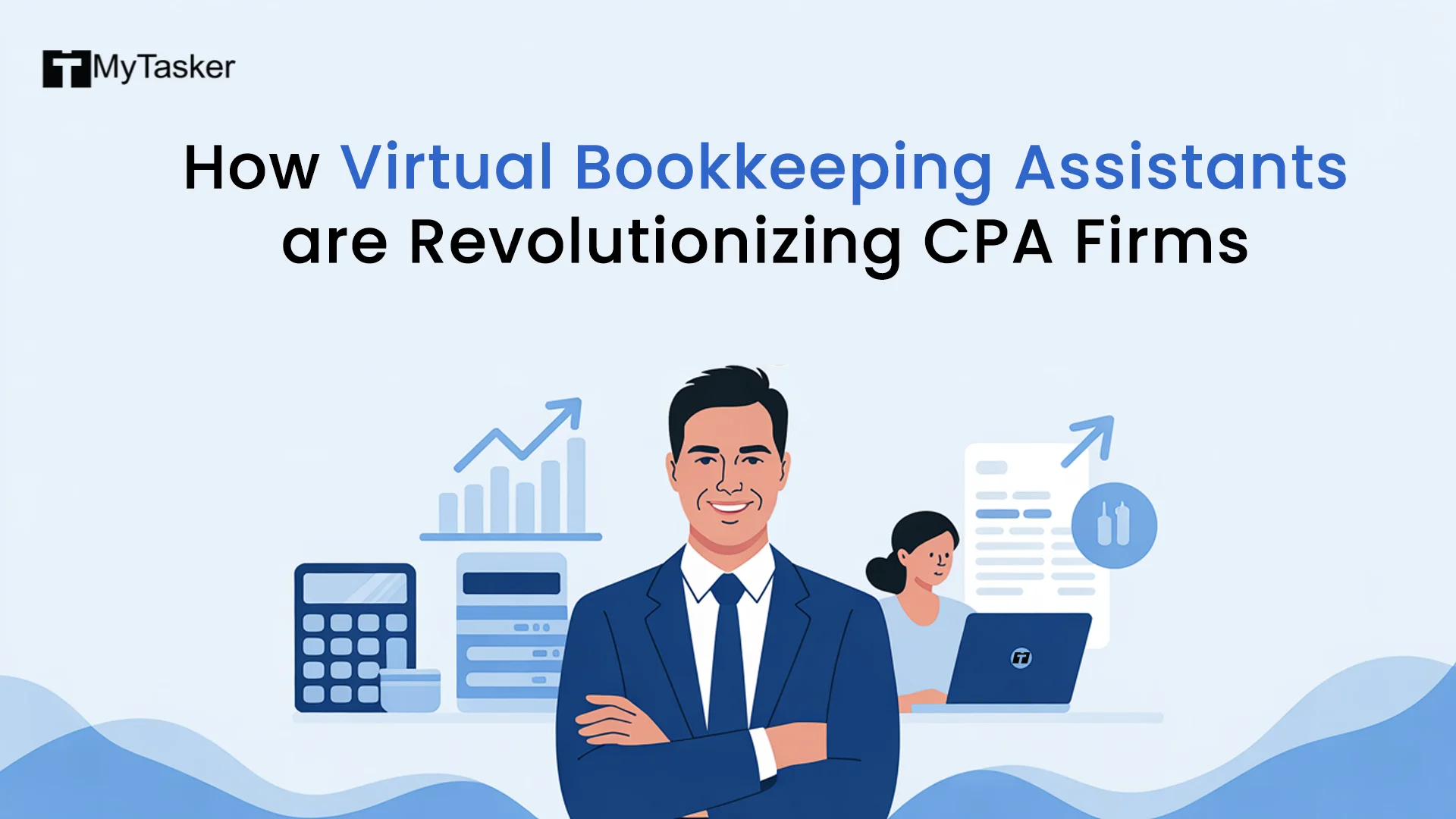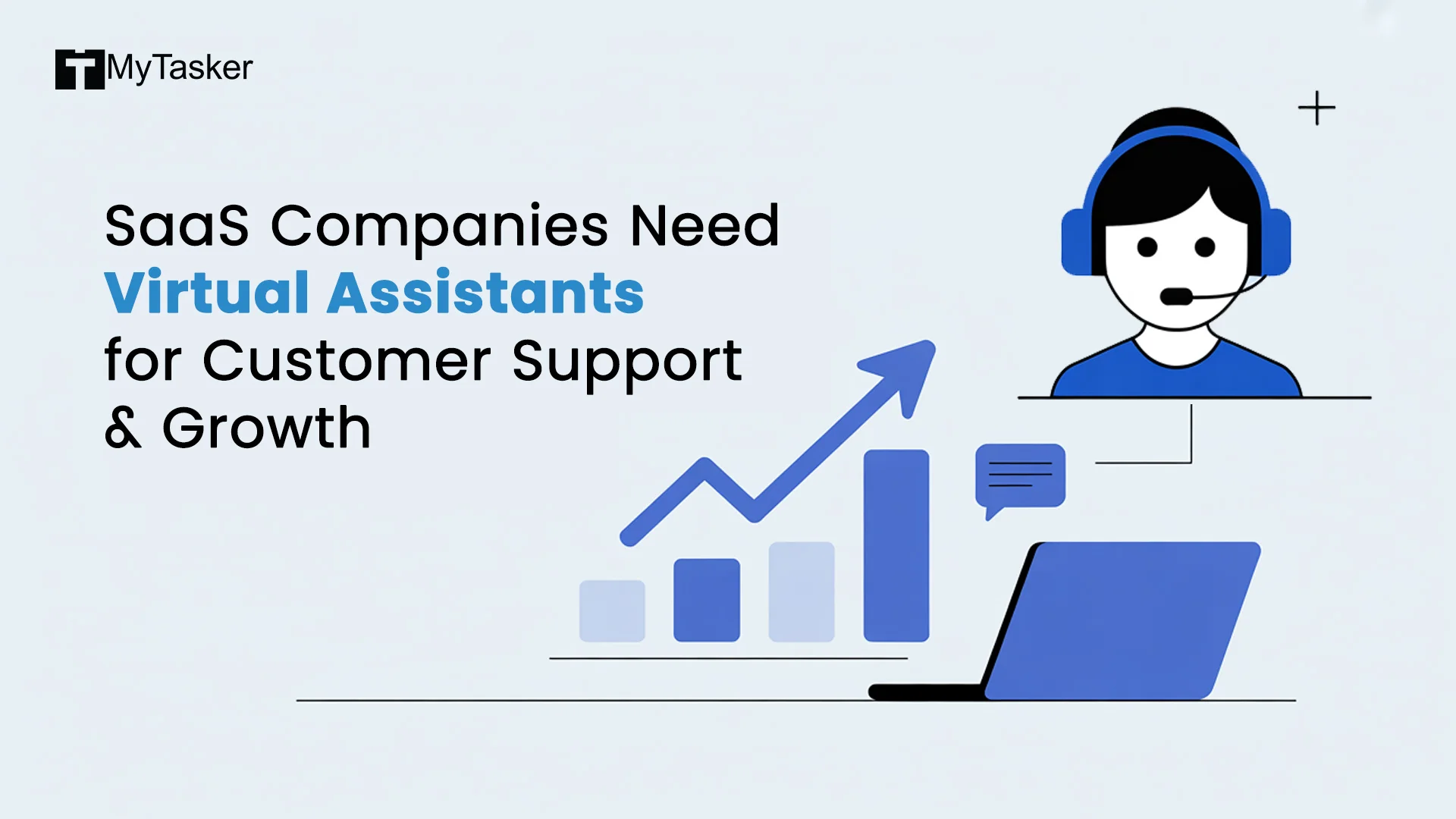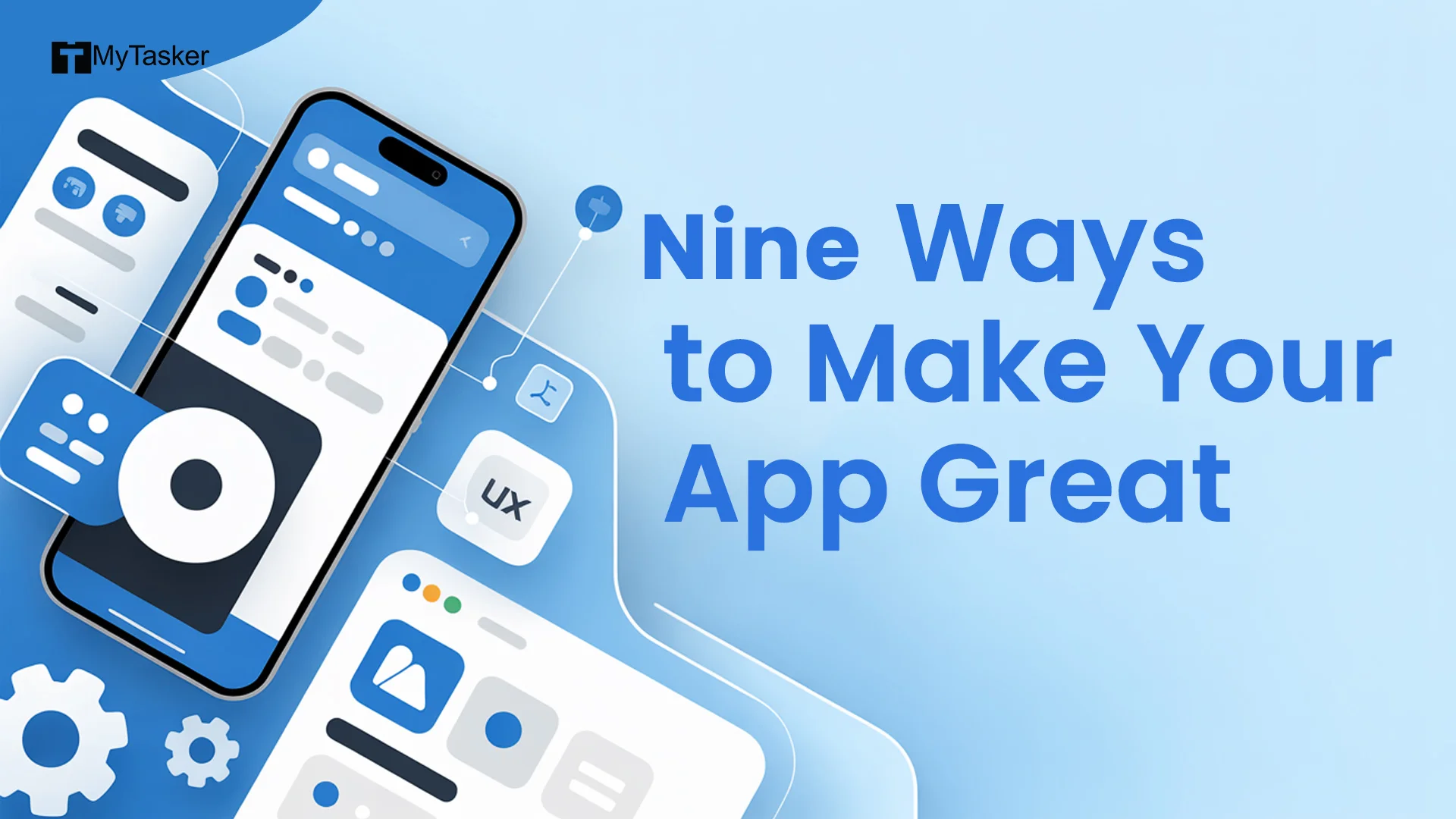As an online store owner on Shopify, you would naturally want to grow traffic, sales, and revenue. However, getting lost in countless digital marketing Shopify strategies and practices is easy. Without a well-thought-out digital marketing strategy and a systematic approach, it might be only a few days till you are compelled to shut down your store completely.
Not to give you bad dreams, but if you are not sure how to go about promoting your store and products to increase sales, no worries!
This blog post covers what digital marketing is, and eight of the best Shopify marketing tips you can use to grow your sales online:
- Create buyer personas
- Promote your Shopify products through blogs
- Develop an SEO strategy
- Run ad campaigns on Google and social media
- Add customer reviews on your product pages
- Set up email marketing campaigns
- Leverage Instagram Reels and feeds in your Shopify store
- Analyze results via Google Analytics
Let us start!
What Is Digital Marketing?
Digital marketing or online marketing is a type of marketing approach that leverages online channels to reach out to existing and potential customers. Such online channels may include emails, search engines, social media, multimedia messages, or other websites.
In short, all marketing practices that take place on the internet are housed under digital marketing.
Popular digital marketing strategies include content marketing, social media marketing, email marketing, Pay-Per-Click (PPC), and mobile marketing.
8 Top Digital Marketing Shopify Strategies
Digital marketing strategies for Shopify are aplenty, but which are the most basic and also the most valuable ones? Check these out:
1. Create Buyer Personas
Before planning and implementing marketing strategies for Shopify store sites, it is crucial to know your customer. In other words, what kind of a person is he/she? Why is he/she the ideal customer for your business?
To answer these questions, you need to create a buyer persona or profile. It is a fictional representation of your target customers.
By creating buyer personas, you can develop better digital marketing strategies that would fit the target market and boost your sales. It can help you identify and address your customers’ needs and expectations in a more appropriate way.
Take a look at these simple points you need to include while developing a buyer persona:
- Pain points or problems.
- Demographics, such as age, gender, education, income, and marital status (if required).
- Location.
- Habits, personal interests, lifestyle, and other psychographic factors.
- Buying patterns.
- Social media platforms used or preferred.
2. Promote Your Shopify Products Through Blogs
A great content marketing Shopify strategy is to launch a blog section for your Shopify store.
Blogging regularly about your products can help your online store rank high on Google’s Search Engine Results Pages (SERPs). It is also an excellent opportunity to build a relationship with your customers and provide them with valuable, relevant information.
Start with producing blog posts on topics that attract your target audience, but are related to your store. For example, if you own a clothing store, you may want to keep your customers updated with the latest fashion trends or industry news.
Keep in mind, though, that the main purpose of having a blog section is to educate and nurture potential leads to turn them into customers.
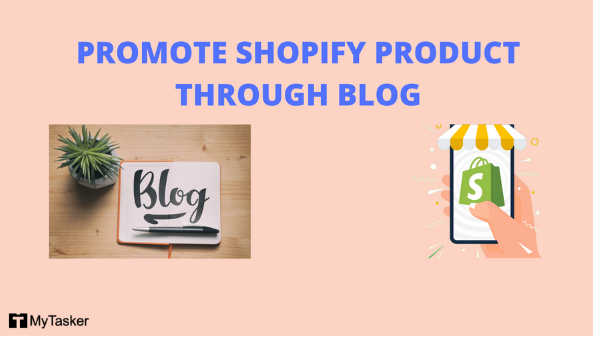
Some best practices for blogging include:
- Each blog post should include a strong call-to-action (CTA) to drive blog traffic to your product pages.
- Keep producing new blog posts consistently, so that both search engines and your customers can see that you are keeping your store’s blog fresh and thriving.
- Sprinkle relevant keywords throughout your blog posts.
- Add relevant images and embed social media posts and videos in your blogs. This practice helps break up chunks of text to keep readers from getting bored.
- Display your personality and show off your knowledge and passion for the industry your store is related to.
- Encourage the readers to share their feedback and opinions in the comments section below each blog post.
- Add social links so that the readers can share your blogs on social media channels.
3. Develop an SEO Strategy
Another way to increase sales is to optimize your Shopify store for search engines. This process is called Search Engine Optimization (SEO).
The idea here is to attract not just any person to your online store, but the right person.
Who would be the right person? Someone who is looking for the product that you happen to sell, or someone who is interested in buying your products.
For instance, if you sell shoes, it makes no sense to appeal to a person who is looking for home decoration items. You should get your online store in front of someone who wants to buy shoes instead.
Therefore, the easiest way to increase organic traffic to your store is to develop and implement an SEO strategy. The reason why it is so popular is that you can rank your store on any search engine for free - but only by following the best SEO practices.
Here are some amazing tips to optimize your Shopify store for SEO:
- Do keyword research to understand what your target audience is searching for on Google, Bing, Yahoo, and other search engines.
- Include relevant keywords in each title tag, meta description, image alt text, and URL of your Shopify store.
- Make sure the title tags, meta descriptions, and URLs are easily readable and understood. For example, if you sell shoes in your clothing store, the product page for shoes should have a URL that looks something like “https://yourstore.com/shoes” rather than “https://yourstore.com/U528-iLjusH9”. This will help both search engine bots and your customers understand what the page is about.
- Try keeping your URLs as short as possible. This practice makes it easy for your customers to remember or share your URLs.
- Use image optimization tricks for SEO. One of these is to include alt text for each image so that it is easy for search engines to find your images and crawl those to see if they are relevant to your Shopify store.
- Register your sitemap with Google and Bing. This enables search engine bots to crawl, index, and rank your online store.
- Ask other credible websites to link back to your Shopify store.

4. Run Ad Campaigns on Google and Social Media
Many Shopify store owners think of running advertising campaigns as their only Shopify marketing strategy, but that is not so, as you can see above.
However, running ads on Facebook or Google can get you plenty of Shopify sales with little effort and minimal investment. Some ideas are:
- Set a budget for running ad campaigns.
- The more your ads are shown, the more people can know about your store. At the same time, if your ads are shown more often, then the cost can exceed your ad budget.
- Run Google Shopping ads if your customers like searching for products on Google.
- Run retargeting ads for people who have already visited your store in the past.
- Run Facebook ads if your customers are more active on Facebook. The same idea goes for all social media channels. Basically, run ads on the most popular social platform among your target audience. For example, if you are selling hair products for teenagers, you may consider running your store’s ads on Instagram, TikTok, or Snapchat, depending on which platform they use the most.
5. Add Customer Reviews on Your Product Pages
Once potential customers land on one of your product pages, they may hesitate as to whether or not they should buy the product from your Shopify store. However, checking reviews from past customers may help them make up their minds.
If they find positive customer reviews, they will be more likely to buy your product. This is because such a review tells them that they are going to make the right decision. It helps create a good first impression on your potential customers and shows them that they can trust you. Some tips include:
- While adding a review, include the customer’s name, a headline, and the date on which the review was posted.
- Add a star-rating method to make each review visually appealing and easier to skim through.
- Add a verification badge for each customer review. This will show potential customers that the reviews have been added by genuine people who have bought from your Shopify store in the past.
- Insert customer reviews on checkout pages, too. It can help in situations where customers have come as far as the checkout page, and then abandoned the shopping cart for some reason or the other.
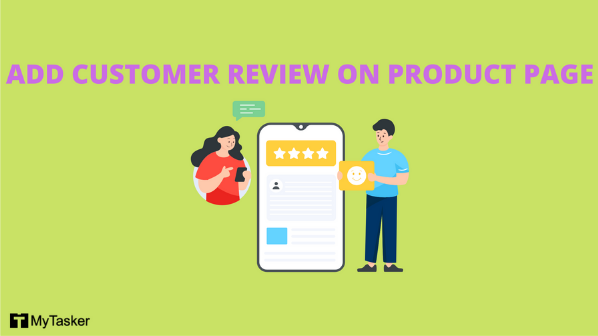
6. Set Up Email Marketing Campaigns
Email marketing is not dead. In fact, if done right, this Shopify digital marketing strategy can generate several leads for your business by sending them regular email newsletters. This is why you need to ensure your store has email functionality to increase sales.
Luckily, Shopify has tools in place to help you build a mailing list and run email marketing campaigns.
Once you have built an email list, here are some ideas on how you can leverage Shopify email marketing:
- Send warm welcome emails to new customers or email subscribers to encourage their first purchase.
- Encourage customers to buy your products by sending them promotional emails with special offers, discounts, customer loyalty programs, and referral programs.
- Address each customer by their name to make the emails more personalized - just like sending outreach emails to clients.
- Remind shoppers about the products they have left during checkout by sending them abandoned cart emails.
- Keep shoppers updated with order confirmation, order shipping, order delivery, and other order-related emails.
- Send them emails asking for their feedback on their latest order to show them that you care what they think of your products.
- Never provide their contact details to third parties.
- Send out email newsletters regularly and consistently, so that your Shopify store is on the top of the customers’ minds.
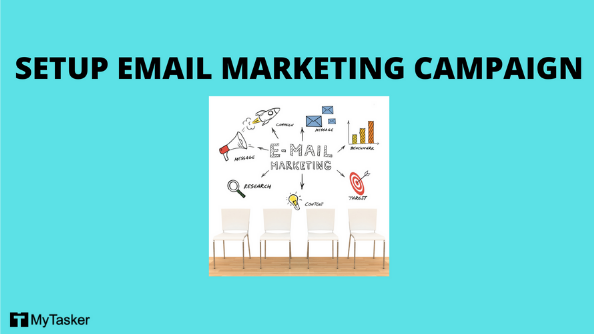
7. Leverage Instagram Reels and Feeds in Your Shopify Store
Another awesome digital marketing Shopify strategy is to add an Instagram feed to your online store.
Showing a collection of the best Instagram photos and videos of your customers using your products can inspire other or potential customers to buy from your store. It also helps in building social proof for your business.
Here are some ideas you can use:
- Show customer-generated content, so that your store visitors can see how happy your customers are - happy enough to be posting about your products.
- Embed Instagram Reels on your store’s pages.
- Show branded content combined with customer-generated content, if you don’t have many user-generated posts.
8. Analyze Results via Google Analytics
All your Shopify marketing efforts would be wasted if you fail to track how those efforts are performing. You can use Shopify analytics dashboards or rely on Google Analytics to measure and analyze the reports and results, thereby improving sales.
Such analytics will provide a full cross-channel view of your customers’ actions. This will help you predict their actions and gain more efficient insights into their behavior.

Conclusion: Shopify Digital Marketing Tips
Building a digital presence today for your brand is crucial. Simultaneously, the digital marketing space is constantly evolving. From email marketing to producing blogs and adding customer reviews, there are tons of practices and tips to promote your Shopify store.
However, with so many digital marketing Shopify strategies at your disposal, it can be difficult to understand where to start - but not anymore!
The Digital Marketing experts at MyTasker are always ready to help you. Their years of professional experience, knowledge, and passion in this field drive them to assist you in promoting your Shopify products and breaking your business’ sales records.
So, get in touch with them today to maintain your Shopify store’s digital marketing efforts at an all-time high.



